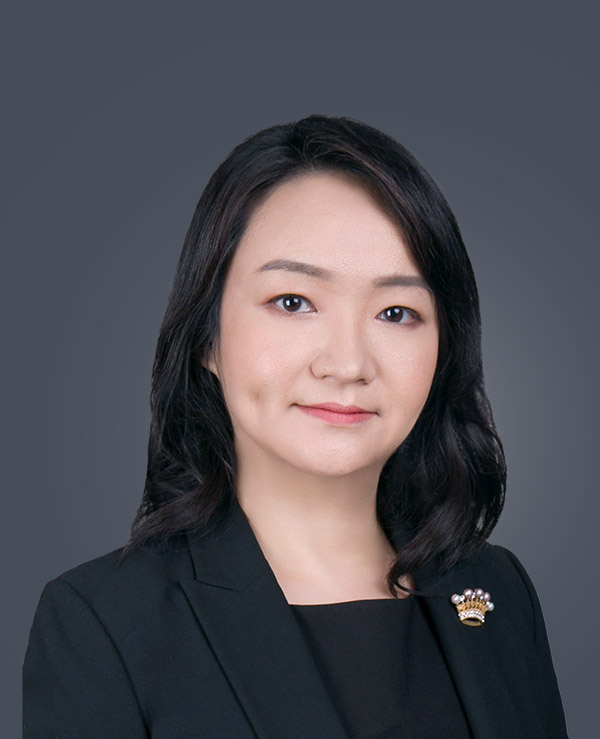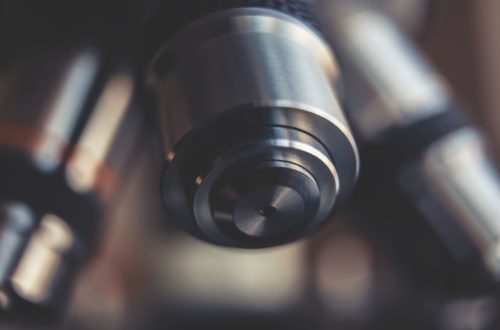Let’s start with a riddle: can you name a person who has read every book, every journal, conducted every known experiment, and is knowledgeable about every single patent prosecution / litigation in the world?
The answer?
A “skilled person in the art.”
This person is also known as a “person having ordinary skill in the art”, “a person of ordinary skill”, “person having ordinary skill in the art”, “PHOSITA”, “POS”, or simply, “a skilled person.” The skilled person in the art is a fictional legal entity, one who widely serves as a reference standard in patent laws around the world for evaluating inventiveness/obviousness. This skilled person also appears in patent laws when determining sufficiency/enablement, and in some jurisdictions, for evaluating infringement.
As mentioned above, the “skilled person” is a hypothetical individual, one who has “good” knowledge and skills in an art but may be incapable of creativity. In other words, neither smart enough to be a genius nor ignorant enough to be a layman. But what about intelligence level? Does that level vary from one jurisdiction to another?
Here is a comparison of “skilled persons” from the US, Europe (EP) and China (CN).
US
In the US, a person of ordinary skill in the art is “a hypothetical person who is presumed to have known the relevant art at the time of the invention.” This person does not need to be a doctorate level engineer or scientist but a person of ordinary creativity. This ordinary creative person can combine multiple patents together “like pieces of a puzzle” to arrive at a new invention.[1]
- Factors that may be considered in determining the level of ordinary skill in the art may include: (A) type of problems encountered in the art; (B)prior art solutions to those problems; (C) rapidity with which innovations are made; (D) sophistication of the technology; and (E) educational level of active workers in the field.[2]
The level of skill may vary from predictable fields (EE) to unpredictable fields (biotech), or from traditional industries (agriculture) to high tech industries (tele communication).
Notably, references published after a patent application is filed may still be used to demonstrate the level of the person skilled in the art at or around the time of filing.
EP
According to the European Patent Office’s (EPO) Guidelines for Examination, a person skilled in the art is “presumed to be a skilled practitioner in the relevant field of technology who is possessed of average knowledge and ability” and “is aware of what was common general knowledge in the art at the relevant date.”
- The skilled person is also presumed to have had access to everything in the “state of the art”, in particular the documents cited in the search report, and to have been in possession of the means and capacity for routine work and experimentation which are normal for the field of technology in question.
- The skilled person may be expected to look for suggestions in neighboring and general technical fields or even in remote technical fields, if prompted to do so. Although the skilled person has the same level of skill for assessing inventive step and sufficient disclosure, the level of skill changes from predictable fields to unpredictable fields.[3]
Furthermore, the ability of a skilled person to combine teachings to solve a particular problem is limited by the number of teachings (no more than 2, normally), and the similarity of the technical fields of the teachings.[4]
CN
In China, a skilled person in the art knows all common technical knowledge / all prior art in the technical field to which the invention belongs before the filing date. He also has the ability to apply all conventional experimental methods. However, he does not have creative ability. However, he can jump to another technical field if the technical problem prompts accordingly. As such, a Chinese skilled person in the art does not need any direct “teaching” from the prior art to know relevant prior art, common technical knowledge, nor routine experimental means from other technical fields before the filing date. As long as the technical problem can motivate, no additional teaching is required.
The nature of the technical field does not affect the level of the person skilled in the art. It does not matter whether the field is fast moving, slow moving, predictable, or unpredictable; nor does it matter what education levels the typical practitioner holds. A farmer is as smart and creative as a PhD scientist, provided both are “skilled persons in the art.”
Summary: US, EP and CN
To help you further understand the differences, we summarize the key points below regarding persons of ordinary skill (“POS”):
US | EP | CN | |
POS’s knowledge of the art | All | All | All |
POS’s ability to refer to other fields? | Yes | Yes | Yes |
POS’s Creativity? | Ordinary | Average | No |
POS’s skill level depends on the field | Yes | Yes | No |
POS’s education level depends on each field | Yes | No | No |
Number of prior art references that can be combined in a rejection | No limitation | No more Than 2, normally | No limitation |
Standard for assessing inventive step and sufficient disclosure? | Same | Same | Same |
How Examiners View a Skilled Person in the Art
In practice, most professionals agree that EP is “friendly” to patent applicants with respect to inventive step. For an Examiner looking for obvious combinations, it is quite limiting if one can only combine the closest prior art with one additional reference (two total). How different that is from the US, where a rejection combining 5-10 references is not unheard of! Then there’s China, where the examiner can combine unlimited references, and then further require you to submit surprising data to overcome this (easy-to-achieve) prima facie case of obviousness.
Although the US “skilled person” possesses some level of “ordinary creativity”, the Examiner still needs to establish that the prior art references “expressly or impliedly suggest the claimed invention”, i.e. provide motivation to combine, in order to establish a prima facie case.
On the other hand, the CN skilled person seems to be more like a living and breathing “superhuman” library, having the ability to know all available prior art and apply all routine experimental methods to any problem, regardless of the technical field of the art. There’s no requirement that the prior art references provide explicit motivation to combine, though recent updated examination guidelines seem to move towards requiring some sort of “motivation” in the prior art, in an effort to avoid Examiners’ use of hindsight in a rejection.
Despite these recent improvements, patent applicants in China still have a harder time defending their patent claims against obviousness when Examiners can point to this “superhuman” “all-knowing” skilled person in the art. As such, we highly recommend providing as much supporting data as possible, especially comparison data, to overcome these “easy-to-establish” prima facie cases of obviousness in China. Surprising results still reign supreme in China, and can pretty much overcome a majority of all inventive step rejections.
- MPEP 2141.03 ↑
- MPEP 2141.03 ↑
- https://www.epo.org/law-practice/legal-texts/html/guidelines/e/g_vii_3.htm ↑
- https://www.epo.org/law-practice/legal-texts/html/guidelines/e/g_vii_6.htm ↑
About the Authors

Yolanda Wang is a Principal, Chinese Patent Attorney, and Chinese Patent Litigator at Eagle IP, a Boutique Patent Firm with offices in Hong Kong, Shenzhen, and Macau.

Jennifer Che, J.D. is Vice President and Principal at Eagle IP, a Boutique Patent Firm with offices in Hong Kong, Shenzhen, and Macau.
This article is for general informational purposes only and should not be considered legal advice or a legal opinion on a specific set of facts.





